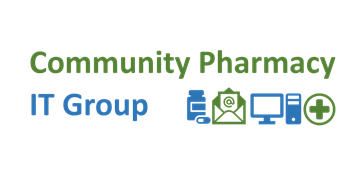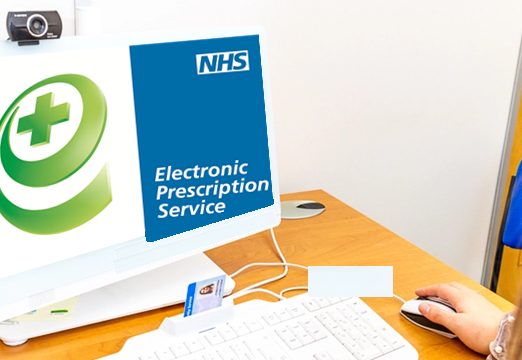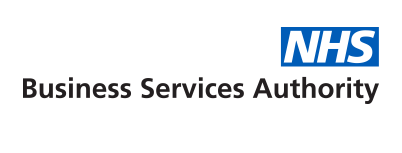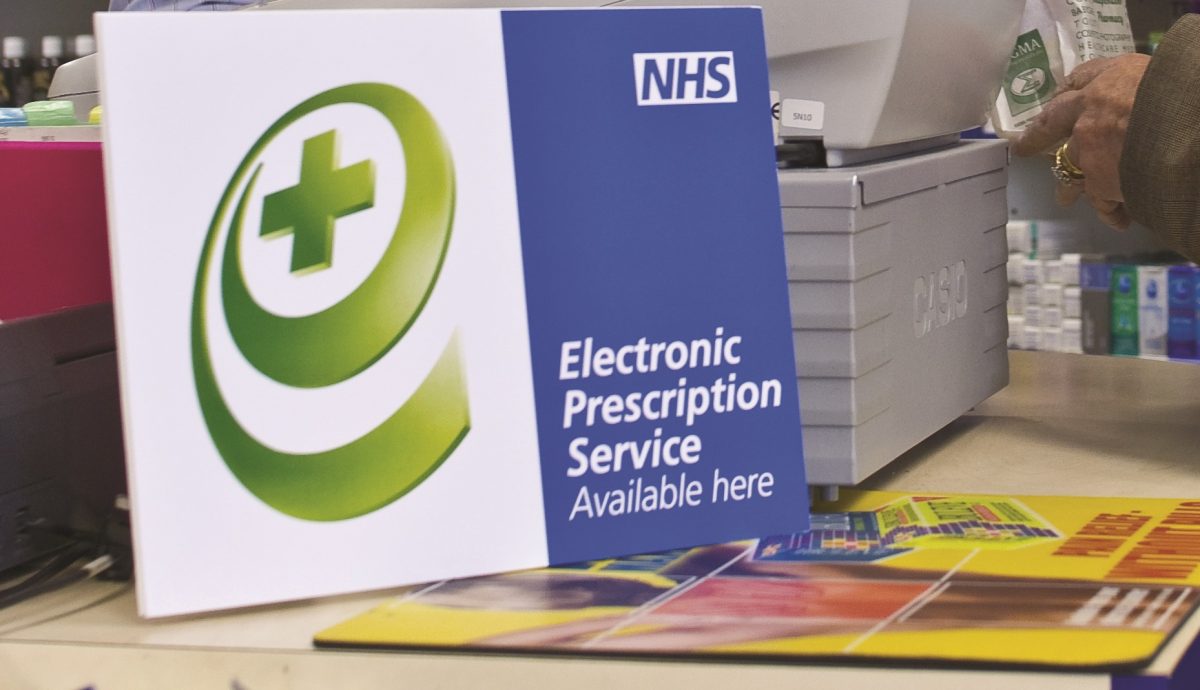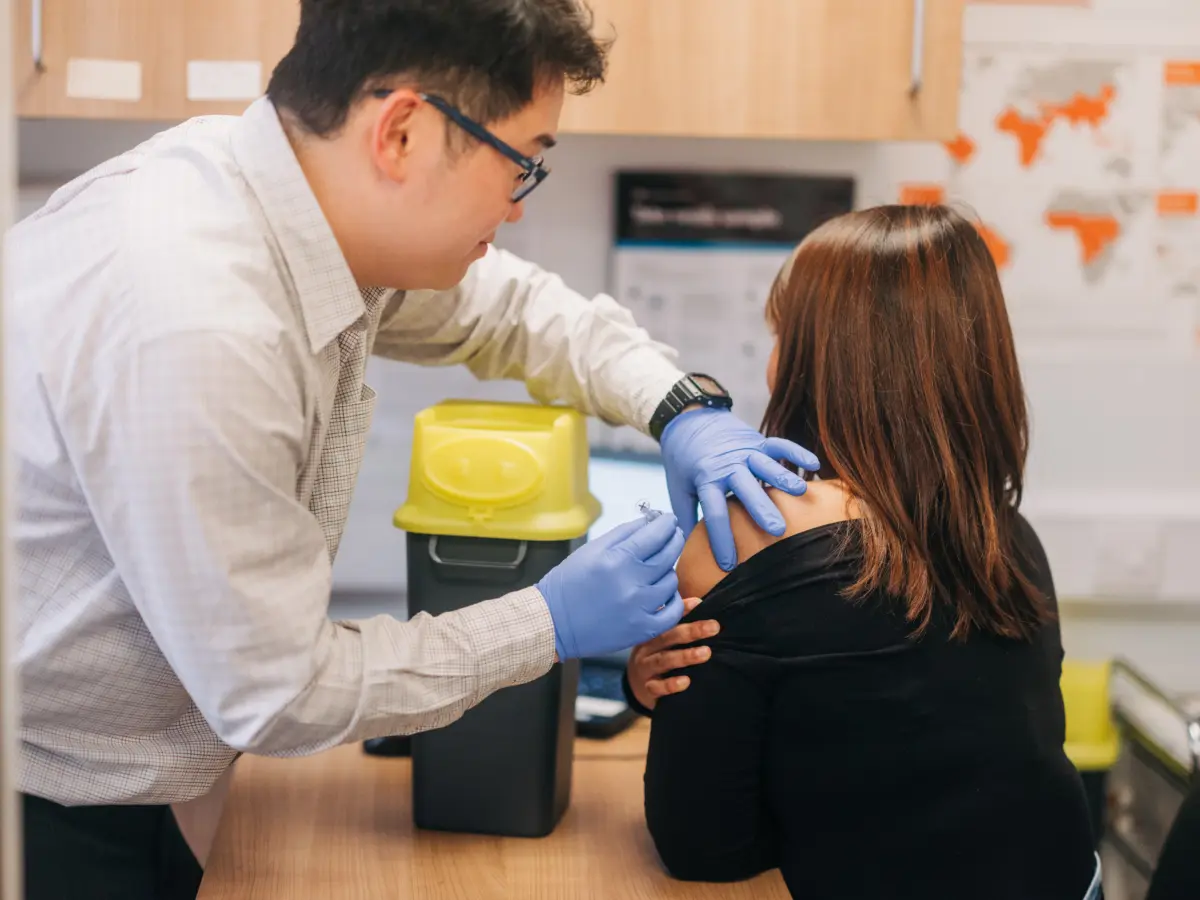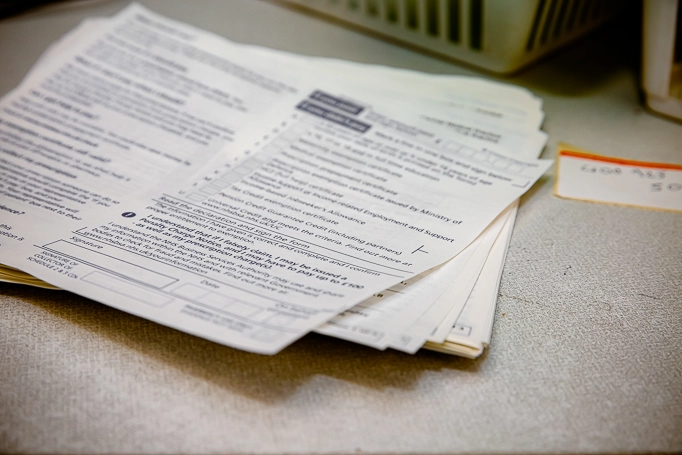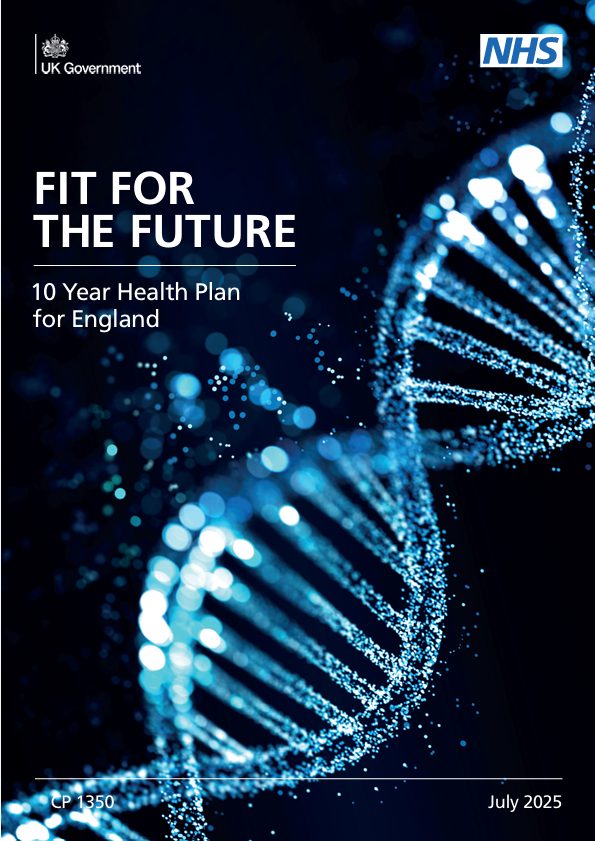Reasonable Adjustment Flag (RAF) information (IT)
Published on: 17th July 2020 | Updated on: 1st February 2022
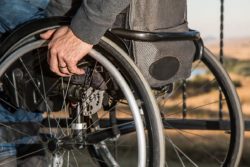 NHS Digital have built a Reasonable Adjustment Flag (RAF) feature in the NHS Spine to enable information to be input into this section of the Spine record.
NHS Digital have built a Reasonable Adjustment Flag (RAF) feature in the NHS Spine to enable information to be input into this section of the Spine record.
RAF information is intended to help enable health and care professionals to record, share and view patients’ key potential reasonable adjustments or more often related considerations across the NHS; enabling staff and services to carry out their duty to provide assessments or adjustments when relevant criteria may be fulfilled.
The RAF feature was within an early rollout stage during 2021 and the feature has continued to develop since then. It was added into SCR during after the early rollout. It will remain accesible following the SCRa portal to NCRS portal changes.
The intention with this flag has been to make the RAF information increasingly available or visible within the Summary Care Record.
Healthcare providers must decide themselves whether to make a reasonable adjustment in accordance with the Equality Act after their assessment, where an assessment has been deemed necessary. E.g. pharmacists determine themselves whether medicine-related adjustments are required (instead of others) to be made by the pharmacy, following an assessment if an assessment has been deemed necessary.
NHS England have recently published the New-Reasonable Adjustments Digital Flag Guidance which is to be implemented by the end of June 2024. More information can be found in the Information Standard.
- Health and care professionals and administrative staff can view, create, add or remove information on the flag using the Summary Care Record Application (SCRa). In the future, a (FHIR) software interface will be available, which will enable all the different clinical information and screening systems to integrate with the Spine flag.
- Access is controlled via NHS Smartcards and the appropriate Role Based Access Codes (RBAC), so that only authorised healthcare professionals and administrative staff with the relevant security permissions can access the information in the flag. Administrative staff who only have access to demographics information on the Spine can clearly see the presence of the flag, but not the information contained within it.
How it is intended to help?
- The national flag complements the existing recording of reasonable adjustments, which services are required to record locally and enhances the effectiveness of initiatives such as the national Accessible Information Standard.
- The flag contains key adjustment information promoted from local records to benefit the patient at reception, or on referral to other organisations where information about adjustments or other special requirements may be incomplete or unknown.
- The flag provides an immediate visible alert; providing basic context, it is a prompt to consider adjustments and can signpost to further information in shared clinical records; crisis plans, care passports or from other organisations, other healthcare professionals, the patients’ carer or the patient themselves.
- The flag prompts staff with key information on their duties under the Equality Act and provides a means of delivering on them if needed. It offers pick lists of common adjustments defined using clinical codes – such as communication needs defined using the Accessible Information Standard – as well as the opportunity to create highly individualised bespoke adjustments for patients.
- The Reasonable Adjustments red circle indicator is clearly visible in SCRa alongside the patient’s demographics.
- Crucially, healthcare providers must decide whether to make a reasonable adjustment in accordance with the Equality Act after their assessment – see the section below.
The Equality Act does not require a formal assessment to be carried out for each health interaction.
Pharmacists determine themselves whether medicine-related adjustments are required (instead of others) to be made by the pharmacy, following an assessment if an assessment has been deemed necessary.
Healthcare providers must decide whether to make a reasonable adjustment in accordance with the Equality Act after their assessment. RAF information could help a decision, but will not replace the healthcare provider’s responsibility to apply their usual protocols or assessments. Those outside of the community pharmacy cannot make a determination for another community pharmacy. The RAF section of SCR can include information to support considerations.
Read more at:
- Equality Act 2010 and Monitored Dosage Systems (MDS) (quick reference Community Pharmacy England guide)
- Equality Act 2010 and MDS
The Reasonable Adjustment Flag is a national record being piloted. It indicates that reasonable adjustments are required for an individual and optionally include details of their significant impairments and key adjustments that should be considered.
Those initially populating RAF information are anticipated to be specialist healthcare professionals, e.g. memory clinics and learning disability specialists. NHS Digital are working towards further rollout 2021 and beyond.
NHS Digital began piloting visibility of RAF within the online SCRa portal during summer 2019. This pilot was used for patients with learning disabilities in Gloucester and Devon. Wider rollout continued from that point.
Community Pharmacy IT Group has provided feedback to the NHS Digital RAF team.
The RAF is within an early stage of testing and rollout. If the project continues as NHS Digital forecast then system suppliers might be able to display relevant RAF data in the future if relevant standards and integrations are made available and implemented by NHS Digital and system suppliers.
Q. Is the RAF the right place to populate information regarding MDS tray preferences?
Pharmacists determine themselves whether medicine-related Equality Act related adjustments are required (instead of others) to be made by the pharmacy, following an assessment if an assessment has been deemed necessary.
Healthcare providers must decide whether to make a reasonable adjustment in accordance with the Equality Act after their assessment. RAF information could help a decision, but will not replace the healthcare provider’s responsibility to apply their usual protocols or assessments. Those outside of the community pharmacy cannot make a determination for another community pharmacy. The RAF section of SCR can include information to support considerations. (See also the links within the ‘Further info’ section of this webpage).
Further info
Read more about the regulatory aspects:
- Equality Act 2010 and Monitored Dosage Systems (MDS) (quick reference Community Pharmacy England guide)
- Equality Act 2010 and MDS
If you have queries on this webpage or you require more information please contact it@cpe.org.uk. To share and hear views about digital developments with like-minded pharmacy team members, join the CP Digital email group today.
Return to the IT webpage: Spine
Return to the IT section: Summary Care Record (SCR)
Return to the IT section: EHR home
Return to the Pharmacy IT hub or IT a-z index
For more information on this topic please email comms.team@cpe.org.uk

